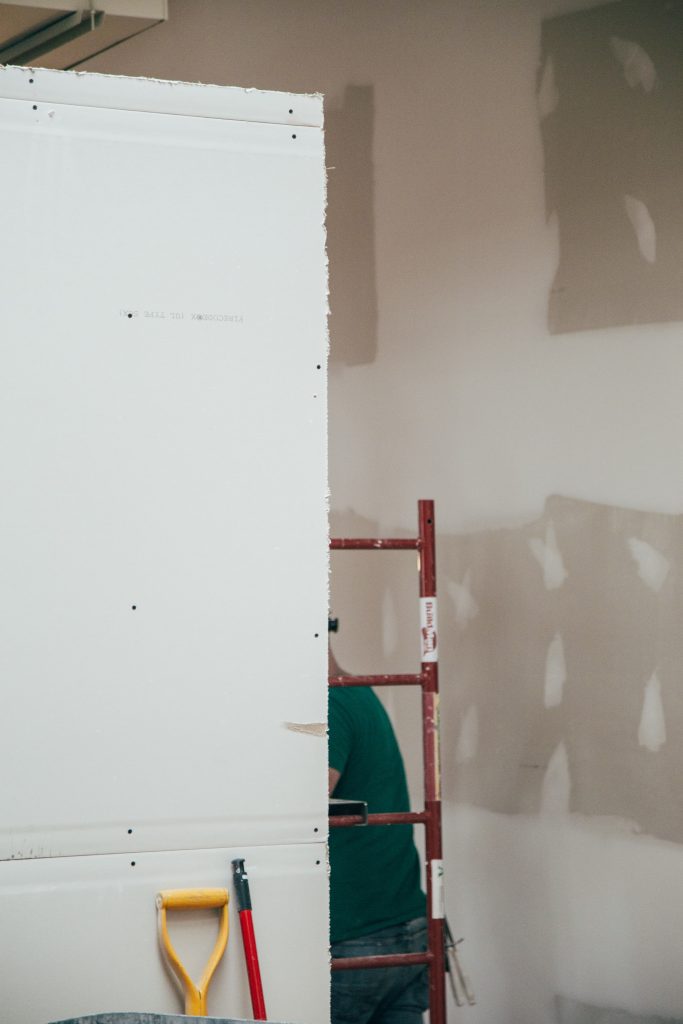
#Plaster vs drywall textureing crack
Wide cracks: A crack of 1/4 inch to 1/2 inch in width is problematic it's a sign of something going on that is more serious than a house settling or climate control issues.They are most common in the first 10 years of plaster installation. Diagonal, horizontal, or vertical cracks: These streak-like cracks are structural cracks caused by foundation movement, moisture expansion, or plaster drying and shrinking.Popcorn Texture consists of styrofoam balls that are knocked off when brushed up against. The reason is due to aesthetic and maintenance considerations. This is a sign of a bigger problem that should be remedied immediately. Spray Acoustical Ceiling Texture (Popcorn Texture) Spray Acoustical Texture, otherwise known as Popcorn Ceiling Texture, should only be used as a ceiling texture. It could be from outside water getting in or a pipe in the walls that has sprung a leak. Bubbling or discoloration of plaster: If you notice cracks that include bubbling, wetness, discoloration, or water stains, you likely have water seeping into the wall.The outer layer may only need removal and replastering. The thick rinds have a subtly pitted consistency. If you’ve ever held an orange or any other citrus fruit, you know what this texture looks and feels like. Bulging is usually caused by a simple problem like the outer layer separated from the inner layer of plaster, called delamination. Orange Peel Orange peel is one of the most common wall texture types because it is simple to apply and offers a classic style. Bulging: Bulges in plaster create small cracks emanating from them.Hairline cracks are usually caused by plaster drying, expanding, and contracting.

There is no need to bother with them unless you want to clean them up cosmetically.



 0 kommentar(er)
0 kommentar(er)
